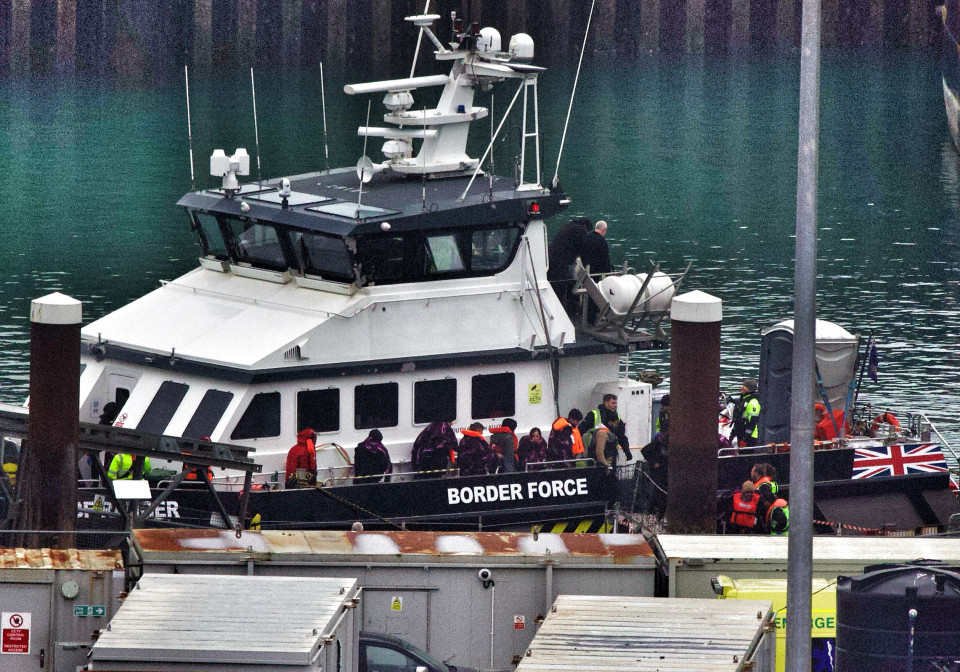Approximately 400 migrants are believed to have crossed the English Channel to Britain on Christmas Day, marking the first arrivals since December 14. Several small boats were spotted making the journey from France, and migrants were seen arriving at Dover docks.
This break in crossings follows over a week of no activity, with the last recorded arrival involving 160 migrants on December 14. The number of dinghy crossings in 2024 has now reached 35,040, representing a 20% increase compared to the same period last year. However, this figure remains lower than the record 45,774 crossings recorded in 2022.
Home Secretary Yvette Cooper expressed concern, stating that the public would find little comfort in these persistently high numbers. Meanwhile, Labour leader Sir Keir Starmer has reiterated his commitment to dismantling the smuggling gangs responsible for facilitating these dangerous journeys. However, his plan has faced criticism from Conservative Party members, who argue that such measures are unlikely to reduce the rising numbers.
How does the UK compare to other European nations? Research suggests that Britain has the highest number of illegal migrants in Europe, with estimates ranging between 594,000 and 745,000. This figure is significantly higher than France’s estimated 300,000 and Germany’s 700,000. The number of illegal migrants in Britain is equivalent to about 1% of the UK population and rivals the population of cities like Leeds.
Human smuggling operations remain a critical issue. In October, The Sun reported on the prosecution of smugglers Choudhry Rashied and Shafaz Khan, highlighting the dangers and exploitation migrants face during these perilous journeys.
As the UK struggles with rising migrant numbers, the government continues to face pressure to find effective solutions to this growing crisis. With winter conditions making the Channel crossings even more hazardous, the situation remains urgent for both migrants and authorities.

